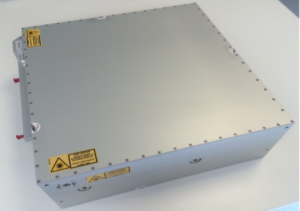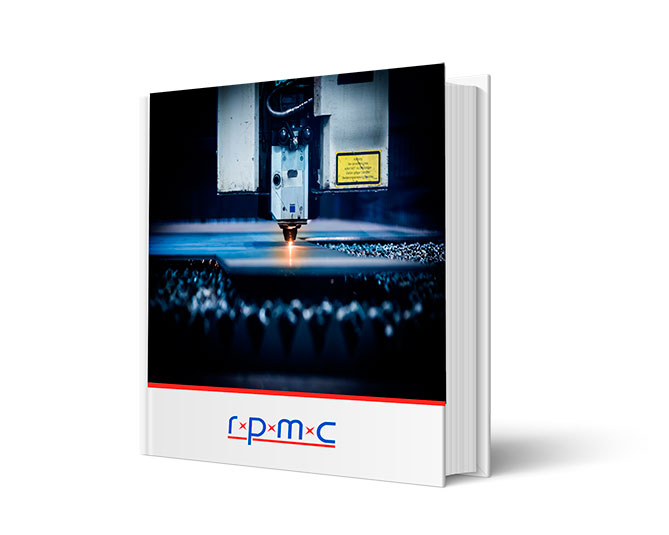Pulsed Applications
Our Pulsed products provide utility in the Life Science, Medical, Military & Defense, and Industrial markets. Therefore, we support many applications including our focused, pulsed applications. For example, we support Raman Spectroscopy, Interferometry, Particle Measurement, 2-Photon/Multi-Photon Microscopy, Material Processing, Range Finding, LIDAR, Micromachining, and many other applications.
How to Select a Pulsed Laser:
Welcome to our ‘How To Select A Pulsed Laser’ section, designed to help you down-select to an appropriate range of Pulsed Laser options, based on your unique requirements. In short, we explain how we define and organize our vast product portfolio, and how you can use our filters and product table to quickly find viable options to suite your needs.
Pulse Width Selection:
If you need a pulsed laser, a good starting point would be filtering for Pulse Width. Here we will explain our Pulse Width categories and how we define the differences. Finally, we provide some examples of typical Pulsed Laser applications, per category.
Femtosecond Lasers:
Femtosecond (fs) Lasers – in the Ultrafast Laser category – generate incredibly high peak pulse powers, extremely short pulse widths, and allow for what is known as ‘Cold Ablation.’ In short, cold ablation allows for material to be removed without heating the residual matter. Therefore, these lasers produce minimal heat affected zones (HAZ), splatter, or significant recast, and typically eliminates the need for post processing. Furthermore, the high peak power and short pulse width of Femtosecond Lasers is ideal for a wide range of applications. For example, especially for Non-Linear Spectroscopy, Two-Photon/Multi-Photon Microscopy, Second Harmonic Generation (SHG), and Micromachining of many materials, including metals, ceramics, polymers, composites, coatings, glass, plastics, diamonds, and PET. In short, on a watt-to-watt basis, quality, material penetration depth, and throughput increase as the pulse duration decreases. Finally, material to wavelength dependency is lower at these shorter pulse durations.
Picosecond Lasers – < 300ps and > 300ps:
Under 300 Picosecond Lasers (shorter picosecond pulses – e.g. ≈10ps and less) are also considered Ultrafast Lasers, producing results similar to those of a Femtosecond Laser, generating high peak powers and short pulse widths, providing cold ablation processing, with minimal HAZ, typically at a lower price point than a Femtosecond Laser.
Over 300 Picosecond Lasers (sub-nanosecond pulses) tend to act more like their Nanosecond Laser counterparts. Therefore, the high peak power and short pulse widths of >300 Picosecond Lasers are ideal for a wide range of applications. For example, for material processing and machining applications, such as Laser Texturing, Trimming, and Drilling.
Nanosecond Lasers:
Nanosecond (ns) Lasers, sometimes referred to as Nanolasers, are the most common category of q-switched Pulsed Lasers used today. In short, these lasers generate high peak powers and short pulse widths. However, the pulses are nowhere near as short, nor do they reach the peak power levels of their Ultrafast Laser counterparts. Therefore, the high peak power and short pulse widths of these lasers are ideal for a wide range of applications. For example, Material Processing, LIBS, Laser Designation, and Laser Marking. To clarify, unlike Femtosecond and Picosecond Lasers, Nanosecond Lasers induce heat into a material to remove or alter it. Finally, Nanosecond Laser applications are often wavelength specific, due to material absorption characteristics in this pulse regime.
Wavelength Selection:
Many applications are wavelength specific due to a sample’s absorption characteristics, or a systems detection limitation. Therefore, we offer a wide selection of wavelengths for our Pulsed lasers. We provide UV wavelengths, good for LIBS, Fluorescence Lifetime, and Raman Spectroscopy, IR wavelengths from NIR to LWIR, good for Gas Sensing, LIDAR, and Laser Designation, and many wavelengths in between in between. In conclusion, if you know what wavelength you need, this can be a good way to filter out unnecessary options.
Repetition Rate:
When it comes to the Repetition Rate, we group our lasers into the categories: Hz (1 – 999Hz), kHz (1kHz – 999kHz), and MHz (1MHz – 999MHz). In short, Pulsed Lasers with lower repetition rates (e.g. Hz range) exhibit lower peak pulse powers and longer pulse widths. However, higher repetition rates (e.g. MHz) provide extremely high peak pulse powers and much shorter pulse widths, depending on a couple factors, like duty cycle.
Power Selection:
Power is a function of pulse energy and repetition rate. Therefore, if you have a defined pulse energy requirement, you can easily calculate what Power you would have at any given repetition rate (Power = Energy / Rep. Rate). Finally, you can use the ‘Power Selection’ filter to down select to a more appropriate range of options.
Energy Selection:
Energy is a function of power and repetition rate. Therefore, if you have a defined average power requirement, you can easily calculate what Energy you would have at any given repetition rate (Energy = Power / Rep. Rate). Finally, you can use the ‘Energy Selection’ filter to down select to a more appropriate range of options.
Types:
For your convenience, and to help increase your in-site search results, we have grouped our pulsed laser offerings into segments, or “Types,” which you can read more about by clicking the links below.
Series:
Finally, if you happen to know of a particular series of lasers, you may simply filter to see all pulsed options for that series.
How Can We Help?
Other important considerations for laser selection are the operating environment (Industrial, Mil, Space, Medical, R&D), for example, allowable laser footprint, power consumption, efficiency, ruggedness, cooling, and cost. In short, these factors further narrow your pulsed laser options and are often the primary deciding factors for laser selection. If you have any questions, or if you would like some assistance identifying a suitable pulsed laser for your application, please Contact Us here. Furthermore, you can email us at info@rpmcdev.maxdroplet4.maxburst.dev to talk to a knowledgeable Product Manager.
Alternatively, use the filters on this page to assist in narrowing down the selection of pulsed lasers for sale. Finally, head to our Knowledge Center with our Lasers 101 page and Blogs, Whitepapers, and FAQ pages for further, in-depth reading.
Finally, check out our Limited Supply – In Stock – Buy Now page: This page contains an ever-changing assortment of various types of new lasers at marked-down/discount prices.
Additional Resources
Whitepapers:
Blogs:

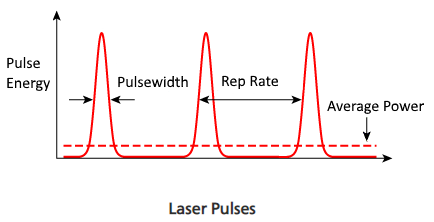
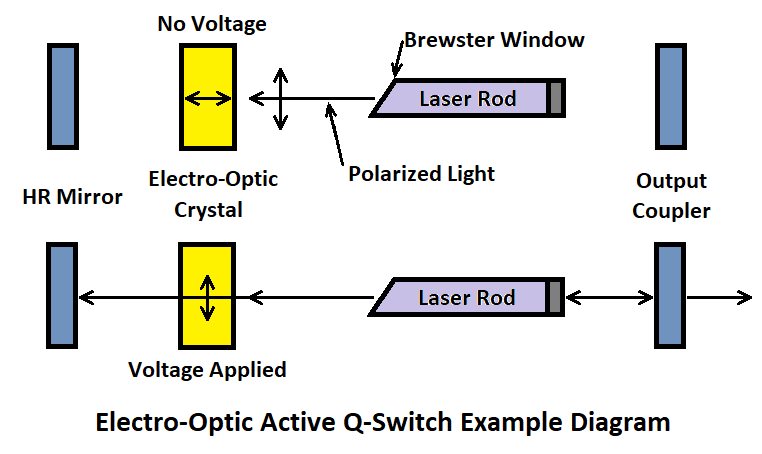
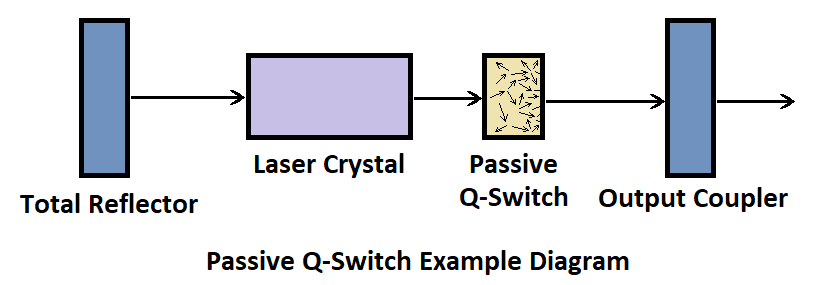
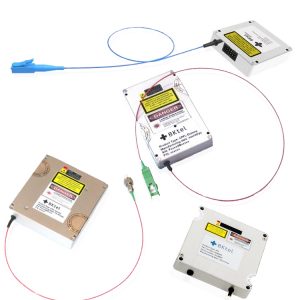
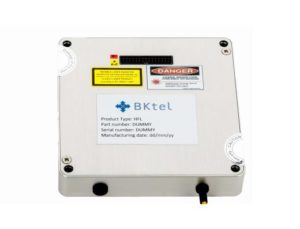
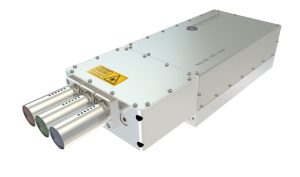
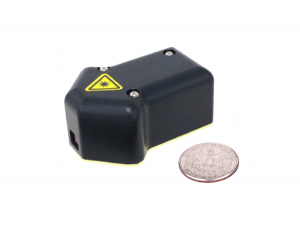
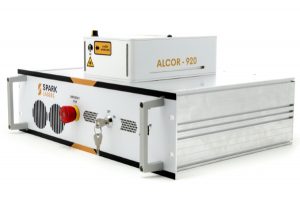
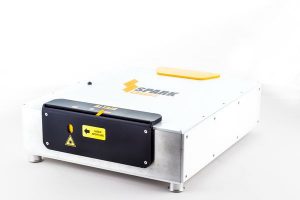
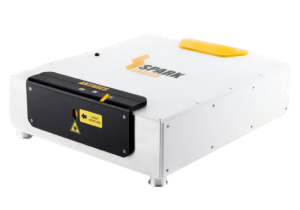
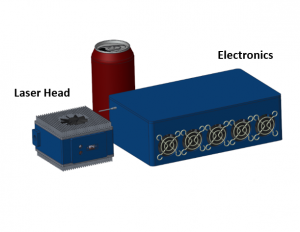
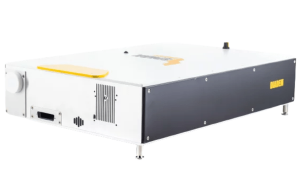
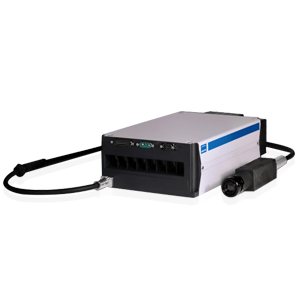
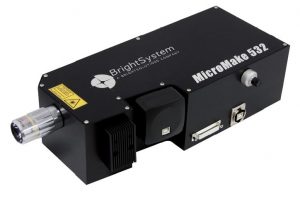
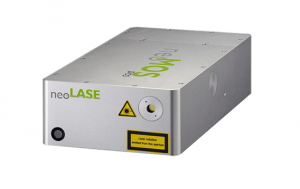
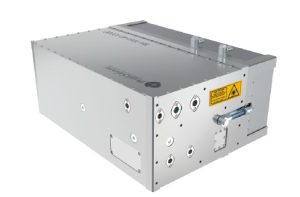
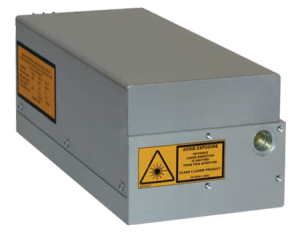
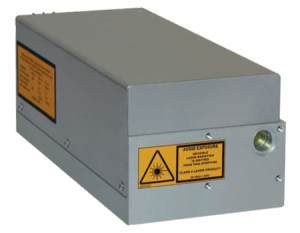
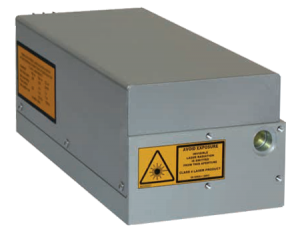

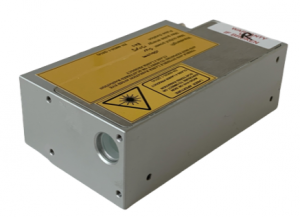
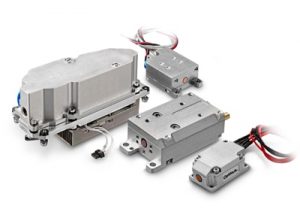
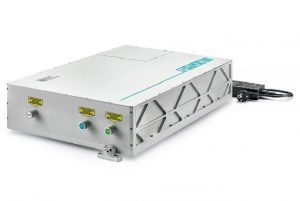
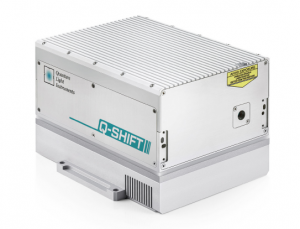
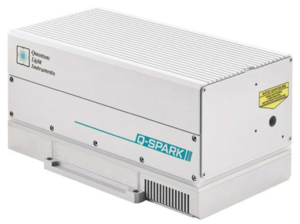
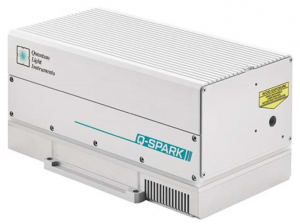
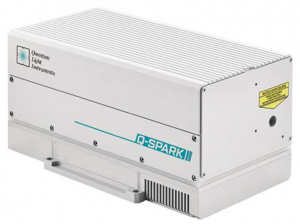

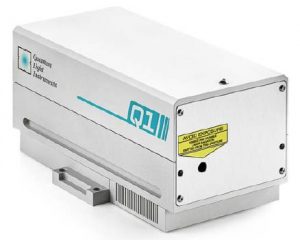

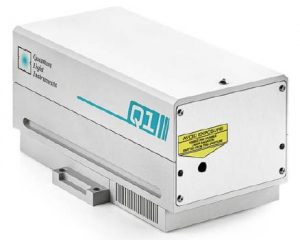
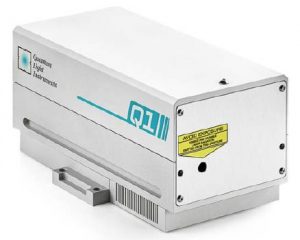
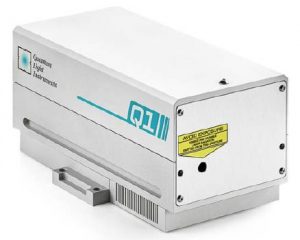
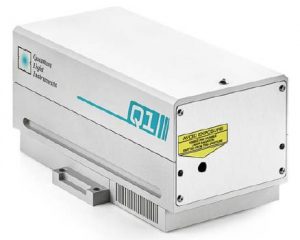
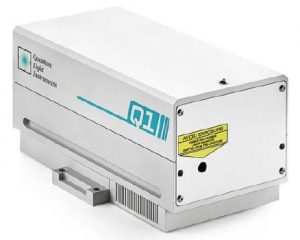
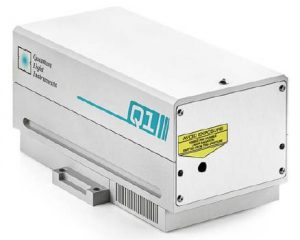
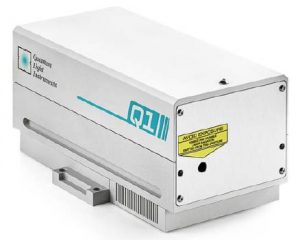
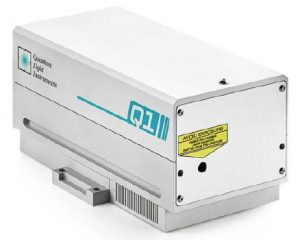
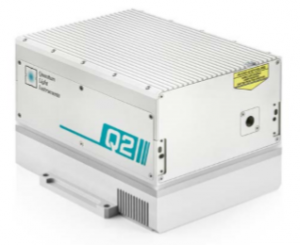
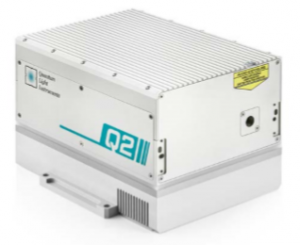
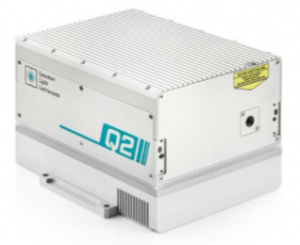
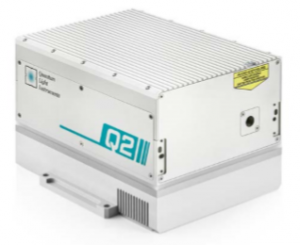
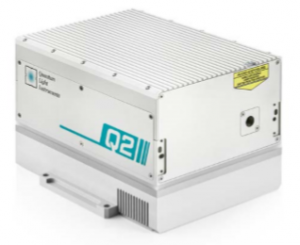
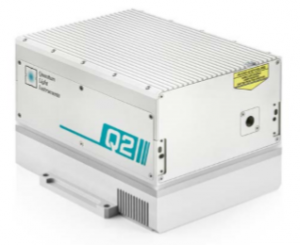
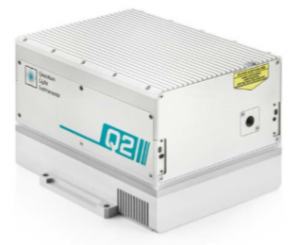
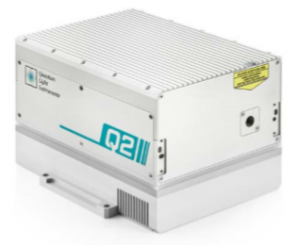
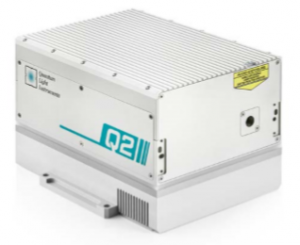

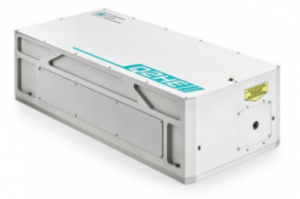
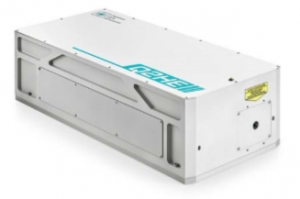
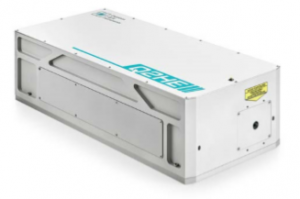
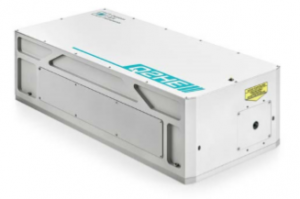
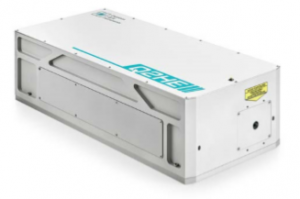
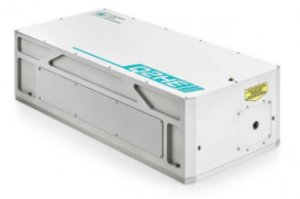
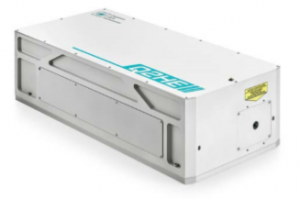
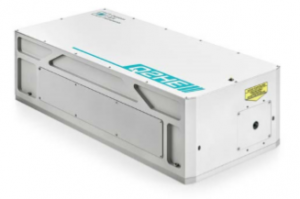
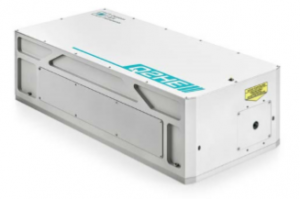
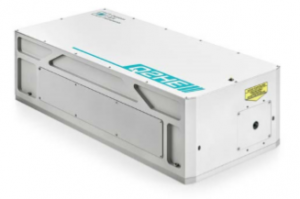
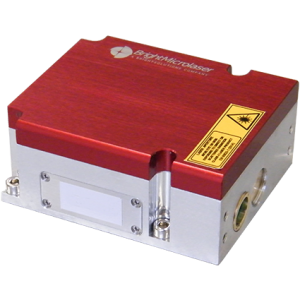
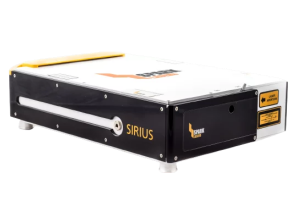
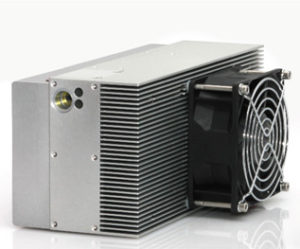
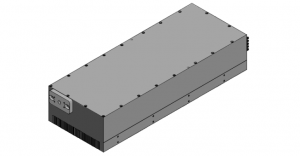
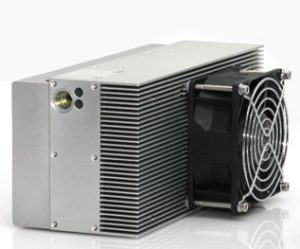
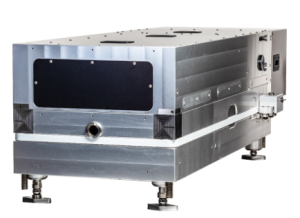
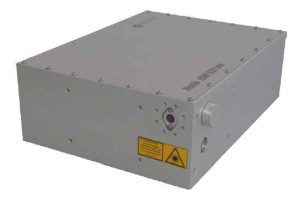
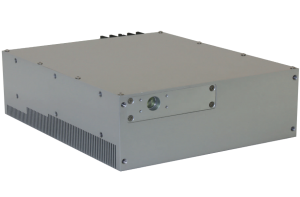

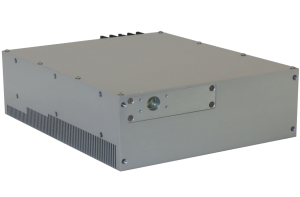
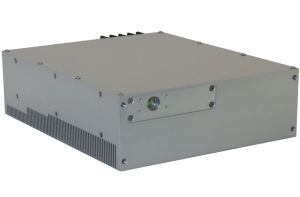




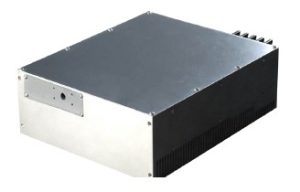
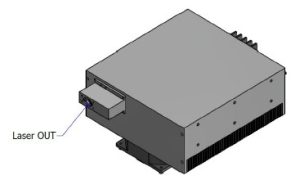
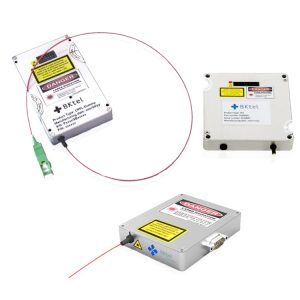 RPMC offers a variety of standard and custom pulsed fiber laser options. Available in both OEM and Turnkey formats, our 1um, 1.5um and 2um fiber lasers are manufactured to Telcordia standards and can be modified to meet your applications requirements. With available average powers up to 10W at 1um and 1.5um, peak powers up to 25kW, pulse widths in the range of 200ps to 100ns, and available options such as pulse monitoring, internal and external triggering, TTL or LVDS input signals, extended operating temperature range, and a robust design, our pulse series of fiber lasers are suitable for a wide range of applications. Customized configurations are available upon request.
RPMC offers a variety of standard and custom pulsed fiber laser options. Available in both OEM and Turnkey formats, our 1um, 1.5um and 2um fiber lasers are manufactured to Telcordia standards and can be modified to meet your applications requirements. With available average powers up to 10W at 1um and 1.5um, peak powers up to 25kW, pulse widths in the range of 200ps to 100ns, and available options such as pulse monitoring, internal and external triggering, TTL or LVDS input signals, extended operating temperature range, and a robust design, our pulse series of fiber lasers are suitable for a wide range of applications. Customized configurations are available upon request.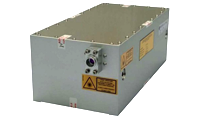 The Aero Series is a high-energy DPSS laser that operates at less than 15 nanoseconds and with average power up to 200mJ at 1064nm and 100mJ at 532nm. All models come enclosed in an extremely compact and ruggedized single unit with a conductively cooled heatsink with a water-cooled option. It comes with available options for beam expanding and collimating optics. This new laser series is ideal for applications like LIBS, spectroscopy, and Atmospheric LIDAR.
The Aero Series is a high-energy DPSS laser that operates at less than 15 nanoseconds and with average power up to 200mJ at 1064nm and 100mJ at 532nm. All models come enclosed in an extremely compact and ruggedized single unit with a conductively cooled heatsink with a water-cooled option. It comes with available options for beam expanding and collimating optics. This new laser series is ideal for applications like LIBS, spectroscopy, and Atmospheric LIDAR.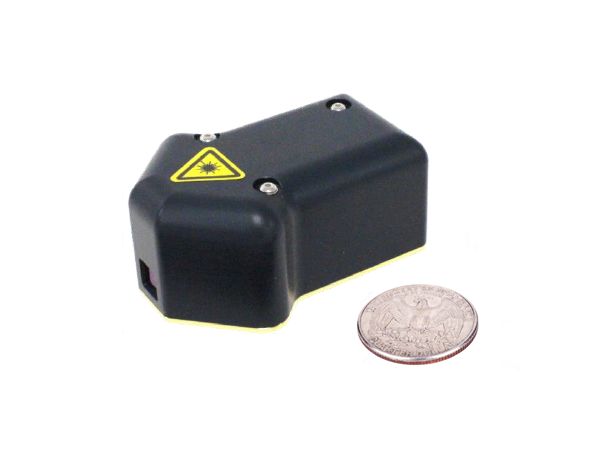
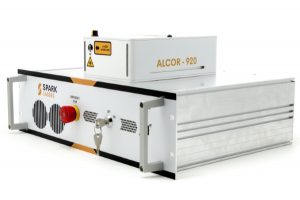
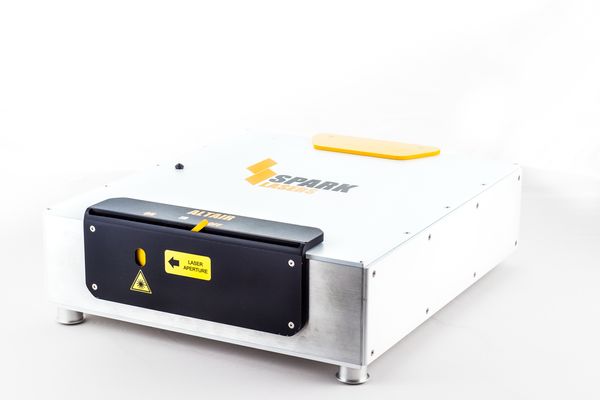
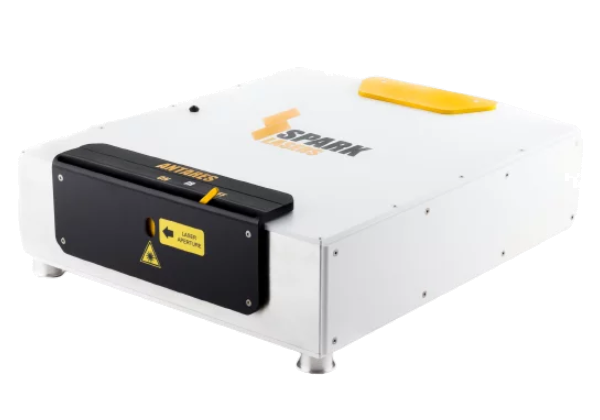
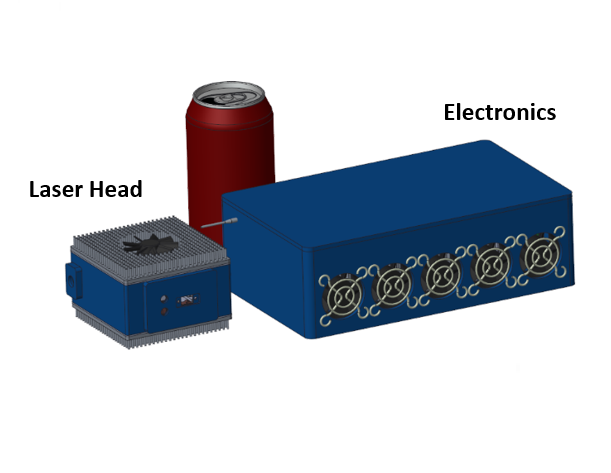 Areté has developed a commercial series of compact and efficient DPSS laser sources, capable of operating over a wide range of pulsing conditions (duty-cycle and PRF), in a low SWaP package, with average power up to ≈5W @ 266nm, 10W @ 355nm or 532nm, 20W @ 1064nm, suitable for airborne applications. The design has been tested in brassboard hardware and a prototype is being developed.
Areté has developed a commercial series of compact and efficient DPSS laser sources, capable of operating over a wide range of pulsing conditions (duty-cycle and PRF), in a low SWaP package, with average power up to ≈5W @ 266nm, 10W @ 355nm or 532nm, 20W @ 1064nm, suitable for airborne applications. The design has been tested in brassboard hardware and a prototype is being developed.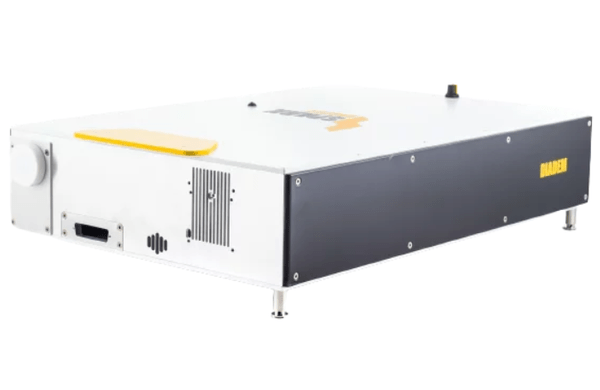
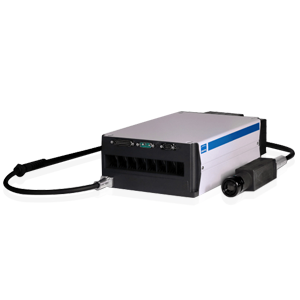
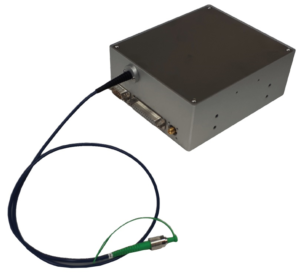
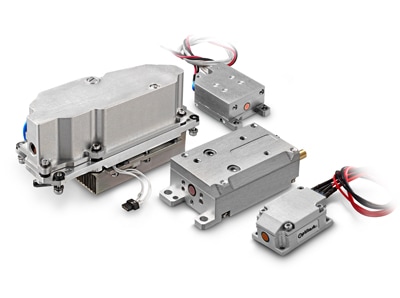 The OT series of Erbium Glass lasers are ultra-compact, high energy q-switched, solid-state lasers that are well suited for rugged, field applications such as active night vision and rangefinding. These air-cooled lasers are available in both lamp-pumped and diode-pumped configurations, with passive and active Q-switching options. With over 10,000 units in the field, the OT series is a proven technology operating in some of the more challenging laser environments.
The OT series of Erbium Glass lasers are ultra-compact, high energy q-switched, solid-state lasers that are well suited for rugged, field applications such as active night vision and rangefinding. These air-cooled lasers are available in both lamp-pumped and diode-pumped configurations, with passive and active Q-switching options. With over 10,000 units in the field, the OT series is a proven technology operating in some of the more challenging laser environments.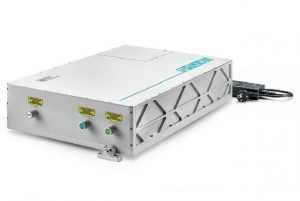
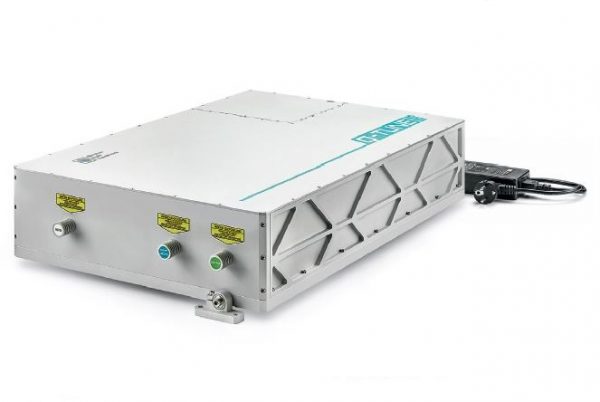 The Q-TUNE-IR uses an Optical Parametric Oscillator (OPO) to produce tunable wavelength in 1380 – 4500 nm range with a linewidth less than 10 cm-1, achieving > 6.5mJ of pulse energy @ 3500nm for the F-10 configuration (> 2mJ @ 3500nm for C-10) with a 10Hz repetition rate. A broadband version with linewidth up to 200 cm-1 is also available by request. The Q-TUNE-IR requires little maintenance, with all laser electronics integrated into the housing, including an air-cooling system, eliminating the need for chillers, or large power supplies, all while providing a guaranteed pump diode lifetime greater than 2 giga-shots.
The Q-TUNE-IR uses an Optical Parametric Oscillator (OPO) to produce tunable wavelength in 1380 – 4500 nm range with a linewidth less than 10 cm-1, achieving > 6.5mJ of pulse energy @ 3500nm for the F-10 configuration (> 2mJ @ 3500nm for C-10) with a 10Hz repetition rate. A broadband version with linewidth up to 200 cm-1 is also available by request. The Q-TUNE-IR requires little maintenance, with all laser electronics integrated into the housing, including an air-cooling system, eliminating the need for chillers, or large power supplies, all while providing a guaranteed pump diode lifetime greater than 2 giga-shots.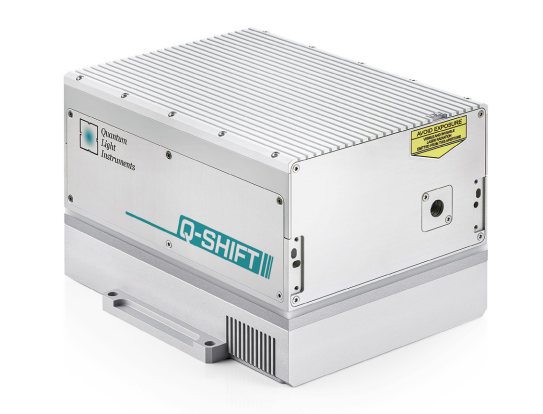 The Quantas-Q-SHIFT series is a family of Q-switched DPSS lasers featuring a built‑in nonlinear wavelength conversion stage, allowing the production of wavelengths that are not accessible with conventional solid-state laser sources, including 1163, 1177, 1300, 1317, 1551 and 1571nm. An optional harmonics generator is also available for for the Q-SHIFT, allowing generation of up to the 4th harmonic for each fundamental wavelength.
The Quantas-Q-SHIFT series is a family of Q-switched DPSS lasers featuring a built‑in nonlinear wavelength conversion stage, allowing the production of wavelengths that are not accessible with conventional solid-state laser sources, including 1163, 1177, 1300, 1317, 1551 and 1571nm. An optional harmonics generator is also available for for the Q-SHIFT, allowing generation of up to the 4th harmonic for each fundamental wavelength.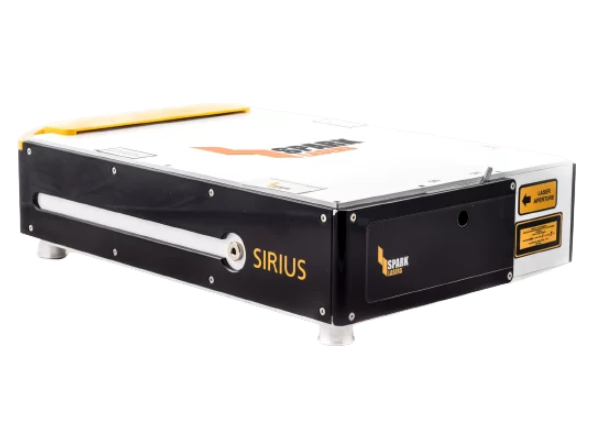
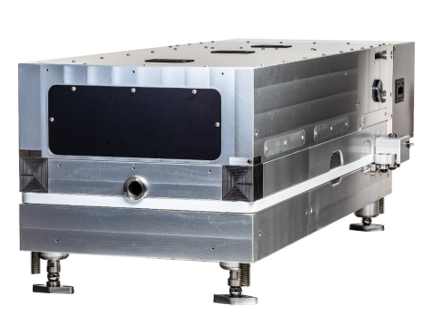 The VaryDisk Series platform is a high energy, multi-milli-Joule laser system for laboratory investigations or industrial use. This is a thin disk regenerative amplifier for amplification of femtosecond, picosecond or nanosecond pulses with amplification factors in the order of 10⁶. The output specifications can be chosen according to our customers needs, mainly by choice of the seed laser (multiple seed lasers are possible) and various options available. The base configuration typically provides up to 150 W average power @ 1030 nm, 15 – 150 mJ pulse energy with 1 ns pulse width (compressible to < 2 ps), and a repetition rate range from 1 kHz to 10 kHz.
The VaryDisk Series platform is a high energy, multi-milli-Joule laser system for laboratory investigations or industrial use. This is a thin disk regenerative amplifier for amplification of femtosecond, picosecond or nanosecond pulses with amplification factors in the order of 10⁶. The output specifications can be chosen according to our customers needs, mainly by choice of the seed laser (multiple seed lasers are possible) and various options available. The base configuration typically provides up to 150 W average power @ 1030 nm, 15 – 150 mJ pulse energy with 1 ns pulse width (compressible to < 2 ps), and a repetition rate range from 1 kHz to 10 kHz.